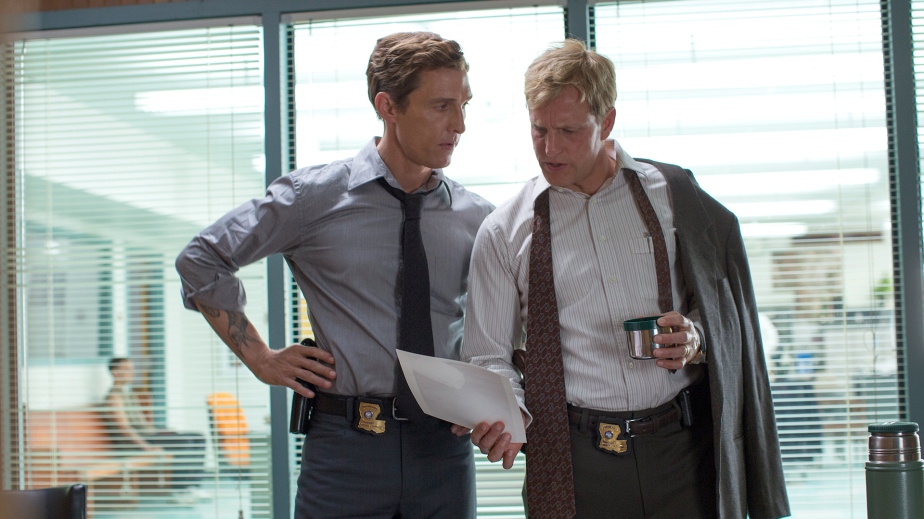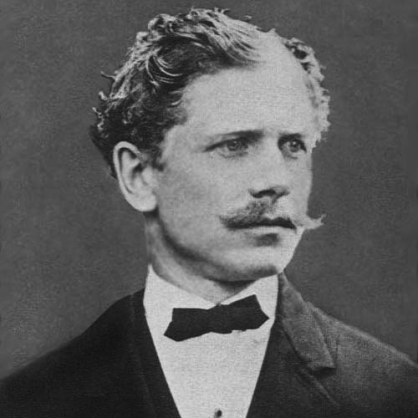Life is an accumulation of things: memories, people, experiences, and yes, even objects. It’s these objects that we hold onto to. They are tangible, physical things that we can hold, smell, and feel. Often this objects aren’t mere objects, but also memories of people and experiences. To us, they are memories of our families and representative of our journey to connect with one another.
At first glance, A Red River Gorge guidebook, a World War II footlocker, a pair of water shoes, and DNA results don’t sound like they would have much in common. However, these four objects have rooted themselves into our lives. We have not only established the personal importance of these objects in our lives, but we have held onto these objects throughout the years.
We are classmates in a digital writing course, and recently, we were tasked with an assignment to create a visual story around a “found object.” Now that we have written our individual stories, we have some together to try to find some similarities, differences, and real-world significance behind our objects and why we chose them. We came to the discovery that these objects, a book a trunk, DNA results, and a pair of shoes, all told stories that related to us on a familial level.
Maddie Wallace

I’m an only child of only children, and that dynamic has made my family uniquely independent and close knit. My parents raised me to be strong-willed, independent, and conservative like they are, but they did so through strong support and love. When I went away to college, my ideologies shifted, and so did my beliefs. As we began to navigate new waters of what seemed to be binary-ideologies, we drifted apart for the first time in my life.

In the midst of that confusion and pain, I stumbled across a guidebook to Red River Gorge, the land of arches where my parents spent their young adult years exploring and making memories. Although the individuals my parents became were suddenly foreign to me, by traveling to the Gorge, I was able to connect to the teenagers they once were. Every time I found a landmark they had described to me as a child, I was able to recognize that at some point in their lives, they were just like me: in love with nature, passionate about the environment, and completely opposed to corporate America. Through conversations with them about the Gorge, I discovered that my mom once considered enlisting in the Peace Corps, and my dad loved rock climbing almost as much as I do. The story of my Red River Gorge Guidebook is more like the story of how I found my way back into a family that I briefly lost.
Cayla Woodburn:

I grew up in a very tight-knit family. I am the oldest of three children, and I am very close with my parents and my two younger siblings. Throughout my life, my parents have always instilled strong family values in us kids. We loved family meals, game nights, and trips to visit our grandparents in Southern Ohio and Maryland. Over the years, our family connections grew stronger, especially when we realized that our grandparents would not be around forever. Realizing that death is a natural part of life made us love one another even more.

Now, I only have one living grandparent. My paternal grandfather is 97-years-old, and he finally retired from teaching high school mathematics at the age of 95. He and I have always had a strong relationship because I was born three months after my grandmother, his wife, passed in a car accident. When it came time for my grandpa to downsize and move closer to us, my family of five all went to move him from Maryland to Georgia. Amidst the chaos of sorting and packing, we came across his two military service footlockers. I chose to write my visual story about my grandfather’s trunk from World War II because it gave me the chance to learn more about a significant part of history and a piece of his life that was rarely discussed. Overall, this experience allowed me to delve into my family roots and create an even stronger bond with my beloved grandfather.
Sean McKenna

Family is the most important thing in my life. The best way to remember them is through crazy things that we have done together over the years. Most of these memories come from family vacations.
These Vibram water shoes always remind me of an amazing trip that bonded my family closer together.

My family had recently been reformed, combining the families of my step dad, stepbrother, and stepsister with me, my mom, and my sister. My stepfamily is not big into beaches or surfing, so why the heck would they want to go to Hawaii? My stepfather, stepbrother, and I participated in the Boy Scouts. The three of us found our connection through hiking. My stepfather, Tom, took me and my stepbrother on a hiking trip in a beautiful part of Hawaii where there are significantly less tourists. I will never forget how crazy and fun this adventure was for me and my family. My near-death experience makes it all the more memorable.
Miranda Clark

My Dad’s DNA results sparked a journey for my father to find the family he never knew he was missing and in a way, it brought us even closer together. Growing up I have always been close with my Dad. We share a lot together—a love of action movies, baseball and bowling. He is the best father I could have ever asked for. But he never knew that the man he thought was his biological father for so long, in fact, wasn’t.
My father was adopted along with his sister, and they thought that they shared the same set of parents. The DNA told otherwise–they were only half siblings. My brother and I had purchased the DNA test for our father for Father’s Day in 2016.
Every new discovery my Dad made using his DNA, like the fact that he was 41% Irish, or that his DNA varied significantly from his sister’s, I was the first person he called. It made him so happy to begin to pick apart the puzzle that the DNA results presented him with.

It really was a journey in more ways then one for the whole family. Emotionally, realizing that there is a family out there, you never knew you existed. Having to come to the realization that your sister is only your half sister, as well as how to even connect with people who are strangers to you. And of course, physically, to journey to Chicago and meet the people you share DNA with.
That’s family.
In the podcast below, four students Miranda Clark, Sean McKenna, Maddie Wallace, and Cayla Woodburn were brought together by these seemingly four random objects and the journey to family they began.
Each of these found objects represent family memories and connections that expose physical and emotional journeys that we have shared with our loved ones. Our discussion explores further explanation of each story, materialistic culture, personal growth, and ties, some unlikely, that bind us together as humans. Please, click below, relax, and listen.
“Along our journey we will be confronted with many situations, some will be filled with joy, and some will be filled with heartache. How we react to what we are faced with will determine what kind of outcome the rest of our journey through life will be like.”
![]()


 . The Sioux are one of the poorest tribes with a relative poverty rate of 56.6% (Huyser 2014). Many American Indians are forced to live in horrific conditions within one of the wealthiest countries in the world. Many people attribute this poverty to a lack of federal spending on reservation improvement. This is not the case. The problem has to do with the government’s restrictions on American Indian’s property rights. In the United States, economy is built on the ownership of land and other commodities. No one can get a mortgage from a bank to build without ownership of the land as collateral.
. The Sioux are one of the poorest tribes with a relative poverty rate of 56.6% (Huyser 2014). Many American Indians are forced to live in horrific conditions within one of the wealthiest countries in the world. Many people attribute this poverty to a lack of federal spending on reservation improvement. This is not the case. The problem has to do with the government’s restrictions on American Indian’s property rights. In the United States, economy is built on the ownership of land and other commodities. No one can get a mortgage from a bank to build without ownership of the land as collateral. The land that they live on is owned by the government, meaning that none of them can get a mortgage or have enough money to build a house or business. Huyser and colleagues suggest that the higher poverty rate in American Indians can be due to reduced migration opportunities, geographic isolation, limited tribal economic development, disadvantageous school quality, or racial discrimination in the labor market. In Riley’s
The land that they live on is owned by the government, meaning that none of them can get a mortgage or have enough money to build a house or business. Huyser and colleagues suggest that the higher poverty rate in American Indians can be due to reduced migration opportunities, geographic isolation, limited tribal economic development, disadvantageous school quality, or racial discrimination in the labor market. In Riley’s 

